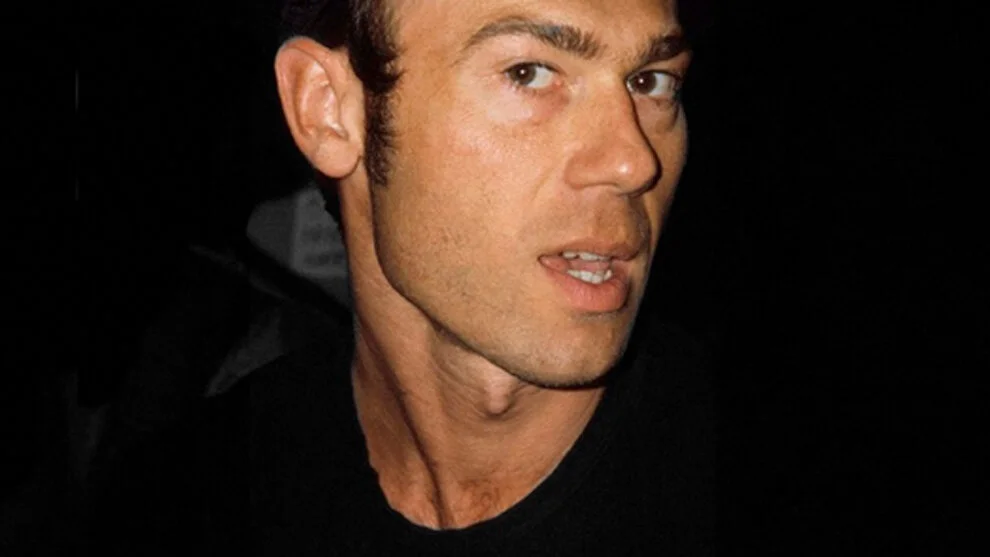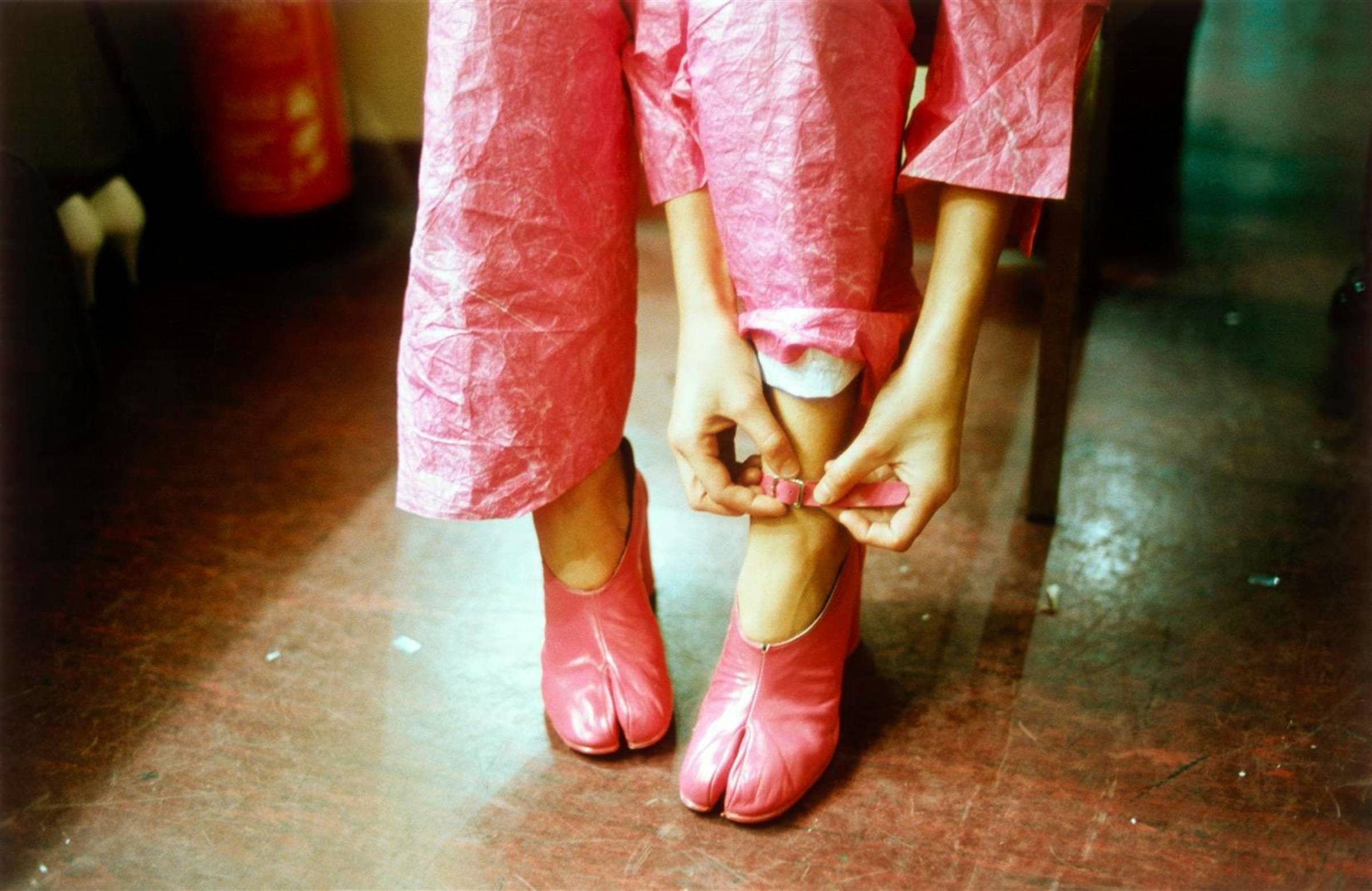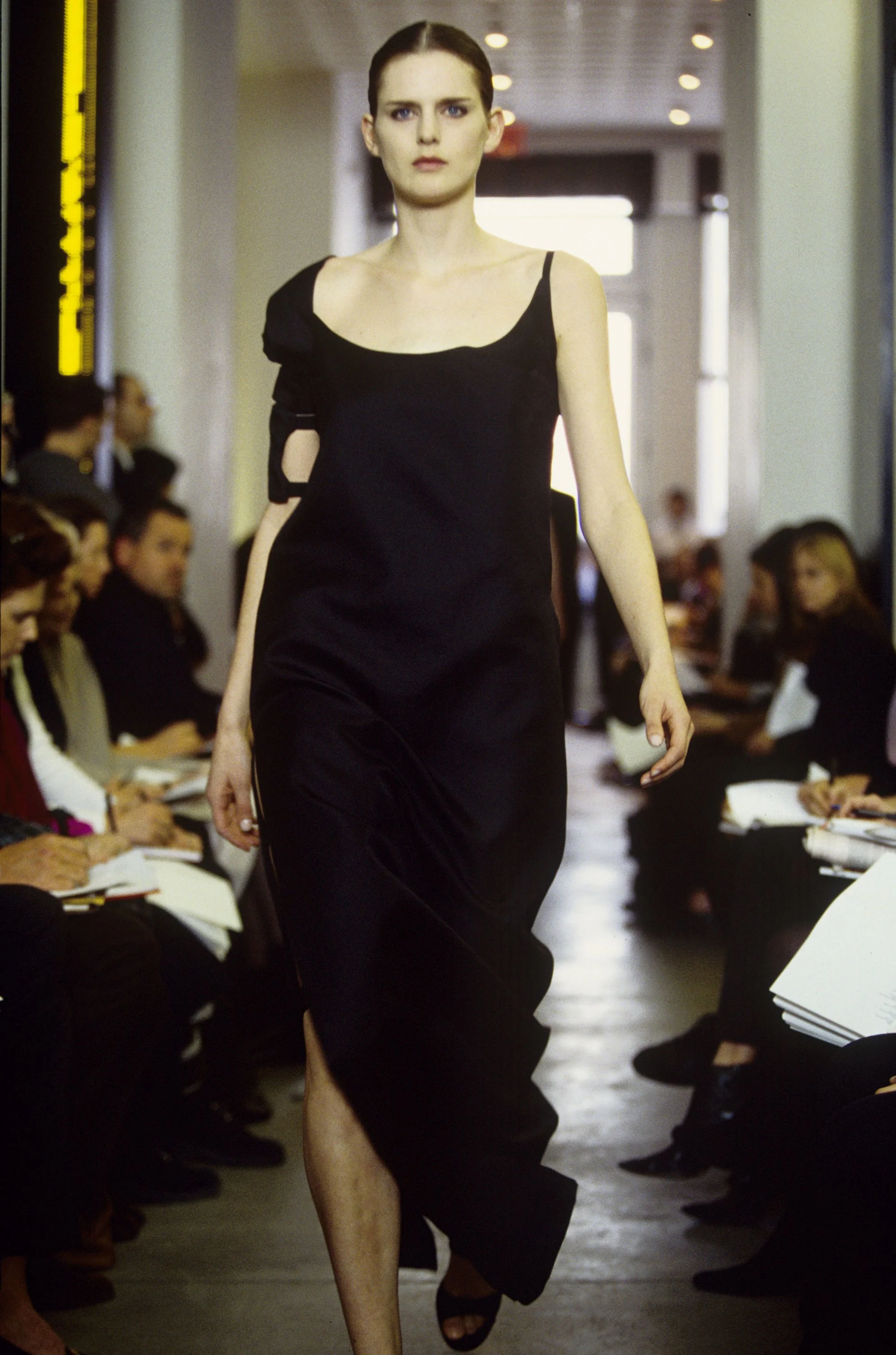To celebrate a new documentary about the most mysterious fashion designer ever, here’s the lowdown on the Belgian genius fanboyed by everyone from Kanye West to Raf Simons.
By James Anderson for i-D
MARGIELA
By James Anderson for i-D


By Steff Yotka for Vogue

















Article by Tim blanks for Business of Fashion


Read the full interview by Anders Christian Madsen HERE
An oral history via The Gentlewoman


"He was my best assistant. When after a few years he wanted to leave and start his own collection, I could only be happy for him and wish him good luck. From Martin’s first show I saw immediately that he had his own voice and his own way."
Read the full article by Richard O'Mahony here- http://thegentlewoman.co.uk/library/margiela-the-show
In an exclusive interview, Demna Gvasalia, head of the Vetements collective and newly appointed artistic director of Balenciaga, talks to Imran Amed about a new operating model designed to fix the ‘broken’ fashion system, as well as his time spent at Margiela.

IA: What was it like to work in that mythical place?
DG: It was exceptional. That period of my life was probably the most formative in terms of fashion. My real studies, where I learned about clothes, was working at Margiela, especially in this kind of transitional period after Martin left; when the company was trying to modernise its DNA and find ways to continue its history. For me it was like an MA in fashion.
When you’re a student at a fashion academy, it’s all really theoretical. Here it was real, it was something that people made — that people wore. The most amazing thing was actually discovering the archives and looking at how the pieces were made and learning the way that the clothes were designed.
I saw the pieces that were done at the beginning of Margiela at the beginning of the 1990s. It was investigative fashion. They took a shirt, they took it apart, and they made a new one out of it. This whole idea about understanding the core of what you are doing, to make something new. They needed to take a shirt apart to make a new shirt. They didn’t come up with a new garment that didn’t exist.
It became a method of working for me. You really needed to understand the construction of the garment and to kind-of be in love with it in order to make something out of it. That’s something I learned there.
IA: Why is that important to you?
DG: A garment is a product. It’s not made to be in a museum. It’s meant to be in somebody’s wardrobe. But then again, you need to like what you do. You don’t just need to like your job, but you need to like the product. I don’t want to compare it to an artist working on an artwork — but it’s the same. You are kind of subconsciously in love with what you do, and I think as I am working on a hoodie, I love to work on that hoodie. That’s what enhances your ideas and your creativity.
Read the full interview here- http://www.businessoffashion.com/articles/intelligence/demna-gvasalia-reveals-vetements-plan-to-disrupt-the-fashion-system